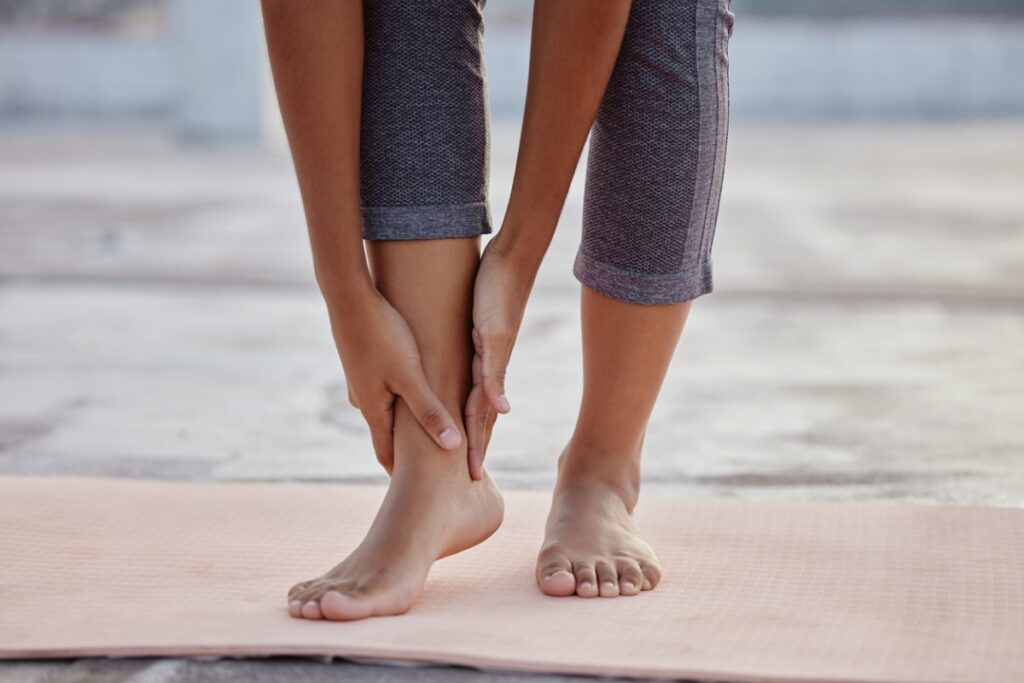
An ankle sprain is one of the most common injuries experienced by people from different walks of life. A lateral ankle sprain in particular is the most prevalent. It happens when the ligaments on the outer side of your ankle stretch or tear. This injury can occur during simple and complex activities such as walking, running, jumping or even when you stumble. If you’re experiencing a lateral ankle sprain, it’s essential to understand its symptoms, causes and recovery process. In this blog post, we’ll discuss everything you need to know about lateral ankle sprain.
Symptoms: The most common symptom of a lateral ankle sprain is pain along the outer side of your ankle. You may also experience swelling and tenderness making it challenging to move your foot. In some cases you may hear a popping sound during the injury. The severity of the symptoms may vary, depending on the extent of the sprain.
Causes: There are different ways you can sprain your ankle, including rolling your ankle, twisting it, and awkwardly landing on your foot. These activities can cause your foot to move beyond its normal range of motion, leading to a sprain. Lateral ankle sprain can happen to anyone, regardless of age and fitness level.
Recovery: The recovery process for a lateral ankle sprain may depend on its severity. If it’s a mild sprain, you can practice the RICE (Rest, Ice, Compression, Elevation) method at home. However, if the sprain is severe, you may need to see a medical professional, such as a physiotherapist or a chiropractor.
Your healthcare provider may suggest different treatment options, such as bracing or taping your ankle to provide support and stability. They may also recommend exercises to help you regain strength, range of motion, and balance. Total recovery from a lateral ankle sprain may take several weeks to several months, depending on the extent of the injury.
Prevention: To prevent lateral ankle sprain and other ankle injuries, you can practice proper footwear, reinforce your ankle with physical activity or ankle support, and, most importantly, avoid activities that may cause injury. Strengthening your ankle muscles through exercises such as heel raises may also help you avoid lateral ankle sprains.
A lateral ankle sprain can be a painful and frustrating injury, but understanding its symptoms, causes, and recovery process can help you recover faster and prevent future injuries. If you’re experiencing lateral ankle sprain, don’t hesitate to seek medical attention, especially if it’s severe. With proper care and a little patience, you can return to your activities and enjoy your life pain-free.
If you have any questions or would like to explore further, please book a free, no-charge online appointment with either myself, Nitin Nair, BPT, R/TRO DIP, PT, or another Kitchener physio practitioner at CARESPACE. We are happy to listen and are here to help!

